Architects and specifiers are calling for clearer guidance and a co-ordinated industry response as persistent staining linked to mortar additives threatens confidence in brickwork – with manufacturers like Vandersanden leading early efforts to address the issue
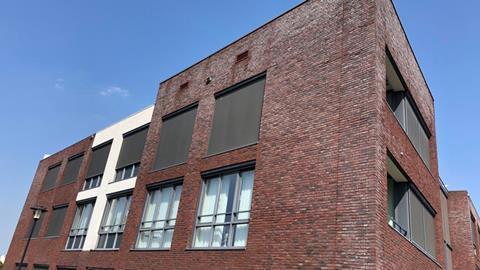
Once considered the pinnacle of aesthetic permanence, brick facades are facing an increasingly visible threat in the form of grey efflorescence – also known as gypsum efflorescence – a phenomenon which, according to both industry experts and concerned observers, is growing in prevalence across the UK.
Unlike the more familiar white efflorescence, which is typically caused by salt migration and generally resolves itself through weathering or simple cleaning, grey efflorescence is far more persistent. It often appears months or even years after construction is complete, leading to long-term disfigurement of brick facades and causing mounting concern among specifiers, home owners and manufacturers alike.
“The only way to get rid of it is to mildly sandblast the brickwork,” says Richard Bossons, a retired architect who has tracked the issue for several years. “But there is a chance you could also damage the bricks, and it is obviously costly.”
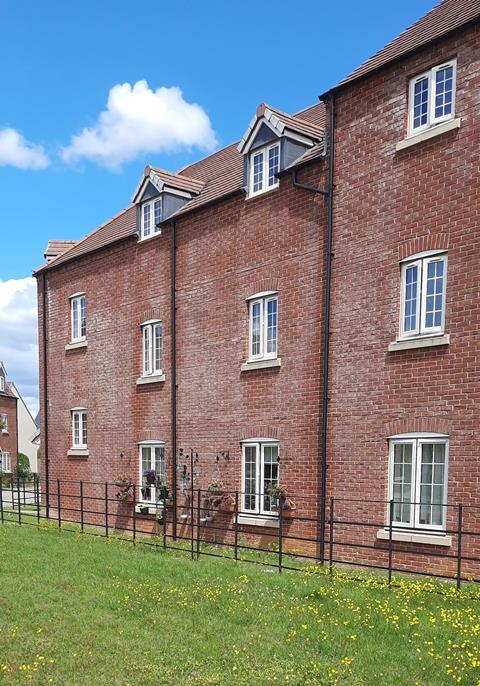
Bossons, who has documented several cases in his local area, noted that grey efflorescence has been affecting buildings of varying ages – including some over two decades old – and expressed frustration at what he sees as a lack of response from the UK brickmaking industry.
“Neither the Brick Development Association (BDA) nor any of the UK brickmakers seem to have anything about this type of efflorescence in their technical literature, only the one caused by salts which can be washed or brushed off,” he adds. “The only firm that has addressed this serious issue is the Belgian-Dutch firm Vandersanden.”
The chemistry behind the stain
Grey efflorescence is technically caused by gypsum crystals forming on the surface of brickwork. As Sarah Jefferson, UK technical adviser at Vandersanden, explains: “Gypsum efflorescence, also known as late efflorescence or secondary efflorescence, appears later in the building’s life, months or even years after brickwork has been completed.”
Unlike salt or lime efflorescence – both of which emerge shortly after construction and are usually self-limiting – gypsum efflorescence is driven by chemical processes deep within the mortar. Gypsum is a standard additive in cement, but changing manufacturing and construction practices over the past few decades may have exacerbated the problem.
“It is thought to coincide with changes to mortars to provide extra plasticity, adaptive curing times and cost reduction,” Jefferson notes.
Environmental conditions also play a role. If brickwork is left exposed to rain and then subjected to rapid heating from sunlight, the gypsum present in the mortar can migrate to the brick surface, where it crystallises as grey staining.
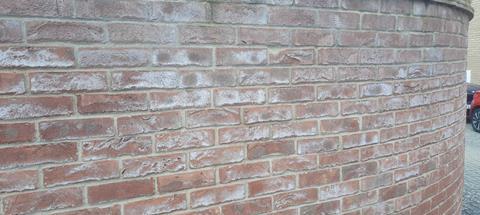
Implications for the industry
The growing prevalence of gypsum efflorescence is not just an aesthetic concern. A 2019 paper published in Construction Materials (SAGE Journals) warned that the visibility of the problem – coupled with the lack of a clear solution – “could represent a serious threat to the future of the brick-making industry”.
This concern is echoed by Richard Bossons. “If I was still practising, I would not specify brick again,” he says. “This has all the makings of another scandal affecting the building industry when home owners and developers start taking legal action against contractors and brickmakers.”
Further evidence that the issue is gaining academic attention – at least outside the UK – comes from a 2014 preliminary laboratory study conducted by KU Leuven researchers J Chwast, H Janssen and J Elsen. Presented at the Salt Weathering of Buildings and Stone Sculptures conference, the research identified gypsum efflorescence as a distinct process, differing from common salt-based staining. Notably, it found that gypsum tends to crystallise below the brick surface (sub-florescence), only becoming visible on the surface under certain wetting and drying conditions. The study reinforces that the phenomenon is being taken seriously in Belgium and the Netherlands, where further academic work has also been carried out.
The issue is especially troubling in the high-end residential sector, where homes costing upwards of £500,000 have reportedly been affected. “The cost of remedial work and loss of house value will be considerable,” Bossons warns.
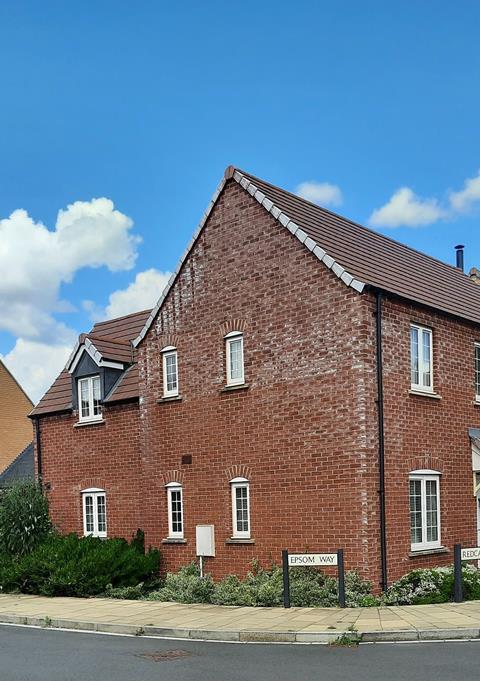
Vandersanden’s role and response
Vandersanden has emerged as a key player in both identifying and addressing the issue. The company was the first to develop a viable, large-scale coating solution to mitigate the appearance of gypsum efflorescence. The company’s coated bricks now come with a 25-year guarantee against the stain and have seen increasing uptake among specifiers seeking long-term assurance.
“Although harmless to brickwork, Gypsum efflorescence is unsightly and the consequences can be more than just aesthetic,” Jefferson says. “Our coated bricks provide superior protection and peace of mind.”
In addition to product innovation, Vandersanden is actively involved in education and research. The company offers a RIBA-certified CPD webinar on brick staining and efflorescence, and continues to invest in research with academic partners such as KU Leuven.
From a design and construction perspective, Jefferson advises that prevention is more effective than cure. “Architects should ensure that they provide a design which is easily achievable in practice. Detailing the brickwork to ensure the maximum shedding of water in service is very important,” she says.
Other best practices include:
- Storage: bricks should be kept under cover to prevent saturation and contamination from ground minerals.
- Exposure: design features such as overhanging eaves can help shield facades from direct rainfall, reducing the risk of staining.
- Timing: avoiding prolonged exposure of incomplete facades to wet conditions can limit the development of efflorescence.
Industry response – or lack thereof
Despite the growing concern, response from major industry bodies has so far been muted. Bossons notes that the BDA acknowledged his concerns over a year ago and suggested they might investigate, but no inquiry has been confirmed. At time of publication, the BDA had not yet provided comment.
As the industry contends with this increasingly visible issue, the need for co-ordinated research and technical guidance becomes ever more pressing. While Vandersanden’s proactive stance has helped bring the matter into professional focus, many feel more widespread industry collaboration is required.
“There needs to be a greater understanding by architects and contractors of what causes gypsum efflorescence and how to avoid it,” Jefferson concludes.
Brick remains a popular choice, thanks to its durability, low maintenance, fire resistance and aesthetic versatility. But without increased industry collaboration and research, the risk remains – not just to the appearance of our built environment, but to brick’s long-held reputation as a timeless, dependable material.



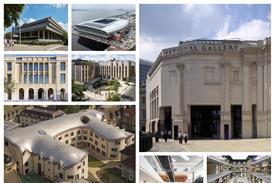












1 Readers' comment